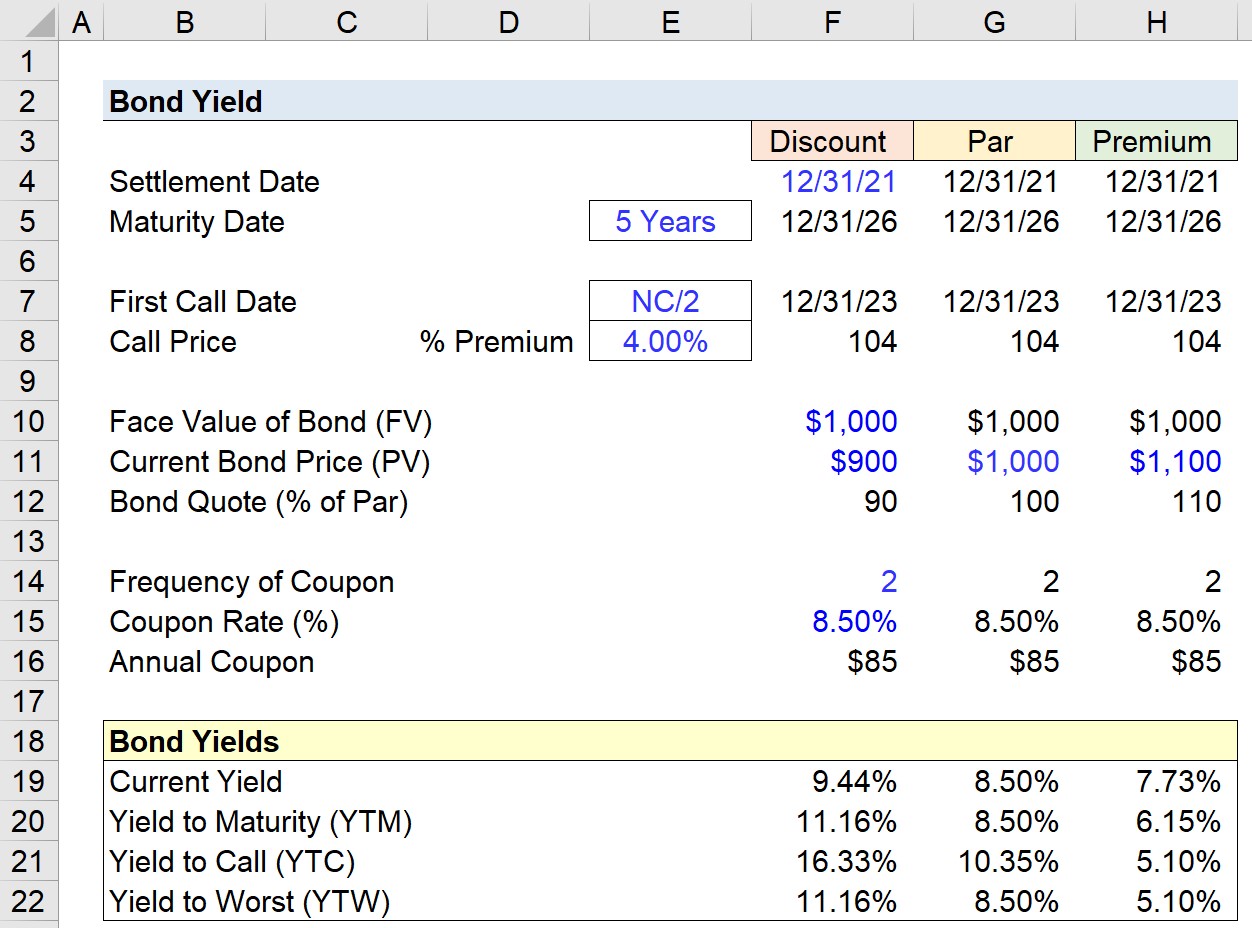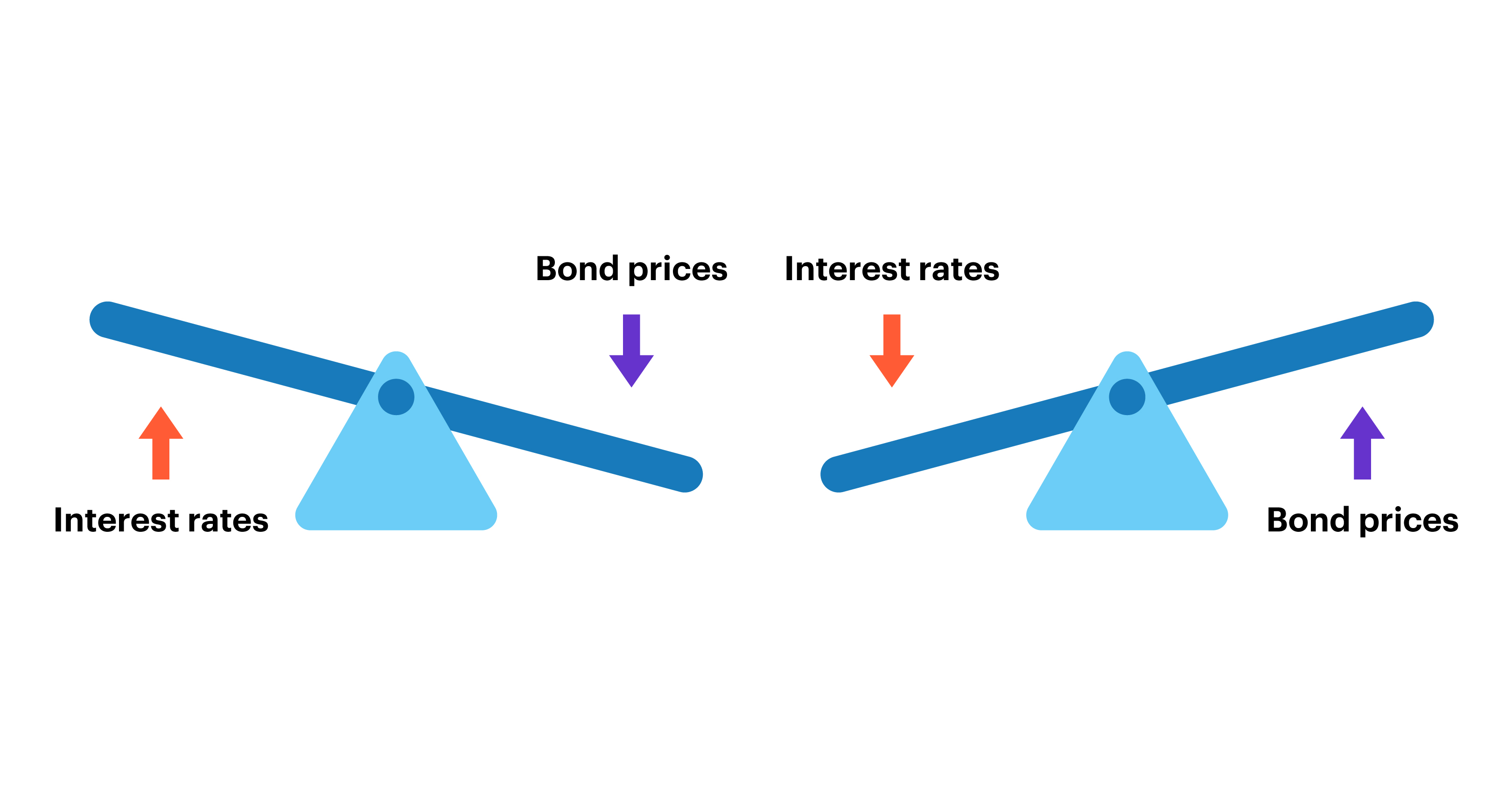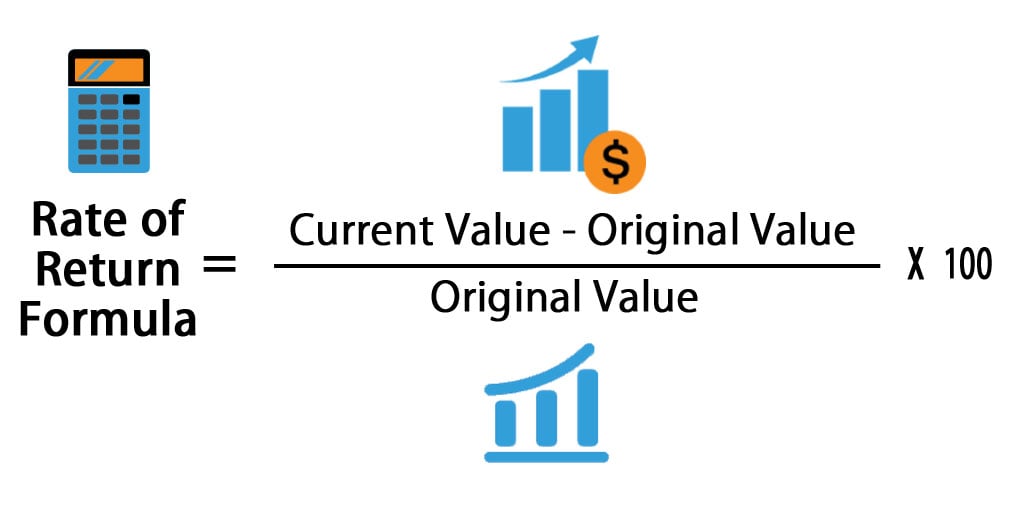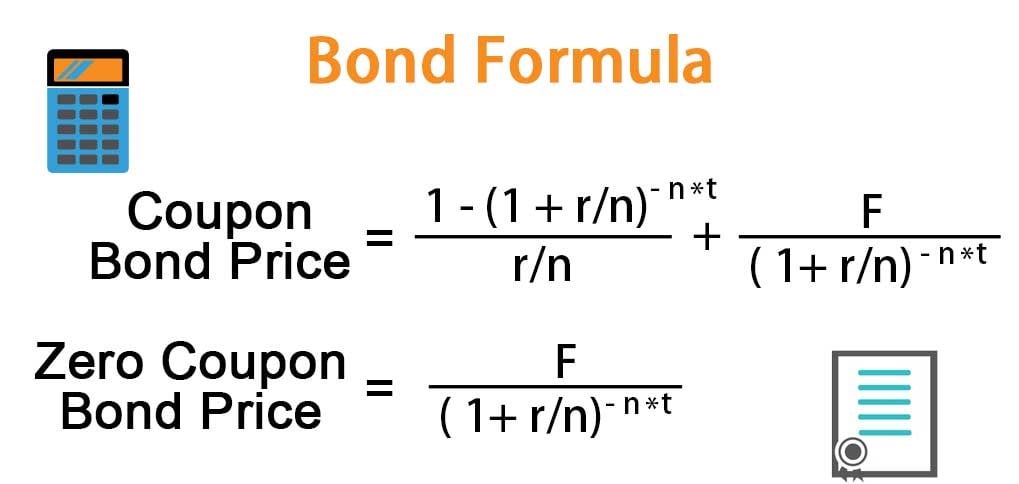Understanding Bond Basics: A Refresher Course
Bonds are debt securities issued by entities, such as corporations or governments, to raise capital from investors. In essence, when you buy a bond, you’re lending money to the issuer for a fixed period at a fixed interest rate. Bonds offer a relatively stable investment option, providing regular income in the form of interest payments and the eventual return of principal. To make informed investment decisions, it’s crucial to understand how to calculate bond return, which helps investors evaluate the performance of their bond portfolio. In this article, we’ll explore the ins and outs of bond returns, including how to calculate bond return and the factors that influence it.
Calculating Bond Return: The Formula Explained
The bond return formula is a crucial tool for investors to evaluate the performance of their bond portfolio. The formula to calculate bond return is: Total Return = (Coupon Payment + Capital Gains) / Face Value. This formula takes into account the coupon payment, which is the regular interest payment made by the issuer, and capital gains, which is the profit or loss from selling the bond. To understand how to calculate bond return, let’s break down each component of the formula. Face value, also known as the principal, is the amount borrowed by the issuer and returned to the investor at maturity. The coupon rate is the interest rate paid periodically to the investor, usually semi-annually or annually. Yield to maturity, on the other hand, is the total return an investor can expect to earn if they hold the bond until maturity. Understanding these variables is essential to learn how to calculate bond return accurately.
How to Calculate Current Yield: A Step-by-Step Approach
Calculating current yield is a crucial step in understanding how to calculate bond return. The current yield formula is: Current Yield = (Annual Coupon Payment / Current Market Price) x 100. To illustrate this process, let’s consider an example. Suppose you purchase a bond with a face value of $1,000, a coupon rate of 5%, and a current market price of $900. The annual coupon payment would be $50 (5% of $1,000). Using the formula, the current yield would be ($50 / $900) x 100 = 5.56%. This means that for every dollar invested, the bond generates a 5.56% return. Understanding how to calculate current yield is essential in bond analysis, as it helps investors evaluate the bond’s performance and make informed investment decisions. By learning how to calculate bond return, investors can better navigate the bond market and optimize their investment portfolios.
Yield to Maturity: The Ultimate Measure of Bond Return
Yield to maturity (YTM) is a crucial concept in understanding how to calculate bond return. It represents the total return an investor can expect to earn if they hold the bond until maturity, taking into account the coupon payments, face value, and market price. The YTM formula is: YTM = (Coupon Payment + (Face Value – Current Price) / Years to Maturity) / Current Price. This comprehensive measure of bond return provides a more accurate picture of a bond’s performance than current yield, as it considers the bond’s entire lifespan. For instance, a bond with a high current yield may not necessarily offer the best return if its price is expected to decline significantly before maturity. In contrast, a bond with a lower current yield but a higher YTM may be a more attractive investment option. Understanding how to calculate YTM is essential for investors seeking to maximize their bond returns and make informed investment decisions.
Factors Affecting Bond Return: Interest Rates, Credit Risk, and More
When learning how to calculate bond return, it’s essential to understand the various factors that influence bond performance. Interest rates, credit risk, liquidity, and economic conditions are all critical components that impact bond investments. Interest rates, for instance, have a direct impact on bond prices and yields. When interest rates rise, existing bond prices fall, and vice versa. Credit risk, on the other hand, refers to the likelihood of the borrower defaulting on their debt obligations. Bonds with higher credit risk typically offer higher yields to compensate investors for taking on greater risk. Liquidity, or the ability to buy and sell bonds quickly, also affects bond returns, as illiquid bonds may trade at a discount. Economic conditions, such as inflation and GDP growth, also influence bond returns, as they impact interest rates and credit risk. Understanding how these factors interact and impact bond investments is crucial for investors seeking to accurately calculate bond return and make informed investment decisions.
Real-World Examples: Calculating Bond Return in Different Scenarios
To illustrate how to calculate bond return in practice, let’s consider three real-world examples: government bonds, corporate bonds, and high-yield bonds. In each scenario, we’ll walk through the calculation of bond return, highlighting the unique characteristics of each type of bond. For instance, government bonds, such as U.S. Treasury bonds, typically offer lower yields due to their low credit risk. To calculate the return on a 10-year Treasury bond with a face value of $1,000, a coupon rate of 2%, and a current price of $950, we would use the formula for calculating bond return. In this case, the yield to maturity would be approximately 3.2%. In contrast, corporate bonds, such as those issued by Apple or Microsoft, carry higher credit risk and therefore offer higher yields. For a 5-year corporate bond with a face value of $1,000, a coupon rate of 4%, and a current price of $1,050, the yield to maturity would be around 4.5%. High-yield bonds, also known as junk bonds, offer even higher yields due to their higher credit risk. For a 7-year high-yield bond with a face value of $1,000, a coupon rate of 6%, and a current price of $900, the yield to maturity would be approximately 7.1%. By understanding how to calculate bond return in different scenarios, investors can make more informed investment decisions and optimize their bond portfolios.
Common Mistakes to Avoid When Calculating Bond Return
When learning how to calculate bond return, it’s essential to avoid common mistakes that can lead to inaccurate calculations and poor investment decisions. One of the most critical mistakes is ignoring credit risk, which can result in underestimating the yield to maturity. Another mistake is misunderstanding the concept of yield to maturity, which can lead to incorrect calculations of bond return. Additionally, failing to consider the impact of interest rates, liquidity, and economic conditions on bond returns can also lead to mistakes. To avoid these mistakes, investors should ensure they have a thorough understanding of the bond return formula and its components, including face value, coupon rate, and yield to maturity. It’s also crucial to stay up-to-date with market conditions and adjust bond return calculations accordingly. By being aware of these common mistakes and taking steps to avoid them, investors can ensure accurate calculations of bond return and make informed investment decisions. For instance, when calculating bond return, investors should always consider the credit risk of the issuer, as well as the current market conditions, to get an accurate estimate of the yield to maturity. By doing so, investors can avoid common mistakes and maximize their bond returns.
Maximizing Bond Returns: Strategies for Savvy Investors
To maximize bond returns, savvy investors employ various strategies that help them navigate the complexities of the bond market. One such strategy is diversification, which involves spreading investments across different types of bonds, such as government bonds, corporate bonds, and high-yield bonds. This approach helps to minimize risk and increase potential returns. Another strategy is laddering, which involves investing in bonds with staggered maturity dates. This approach helps to manage interest rate risk and provides a steady stream of income. Active management is also a key strategy, which involves regularly monitoring and adjusting the bond portfolio to take advantage of changes in market conditions. By adopting these strategies, investors can optimize their bond returns and achieve their investment goals. For instance, when learning how to calculate bond return, investors can use the yield to maturity formula to determine the total return on their bond investments. By doing so, they can make informed decisions about their bond portfolios and maximize their returns. Additionally, regular portfolio rebalancing is crucial to ensure that the bond portfolio remains aligned with the investor’s goals and risk tolerance. By adopting a long-term perspective and regularly rebalancing their portfolios, investors can maximize their bond returns and achieve long-term financial success.







